This was originally part of the Golden Acorn Hotel. Most of the first phase of the town centre, including the Golden Acorn Hotel, was formally opened on 2 December 1964. At the end of 1983, the Golden Acorn was given a facelift by new owners and became The Albany, in keeping with the newly adopted heraldic theme. The Albany Herald is one of the officers of the Court of the Lord Lyon, King of Arms, which controls the granting of arms in Scotland.
A photograph and text about The Golden Acorn.
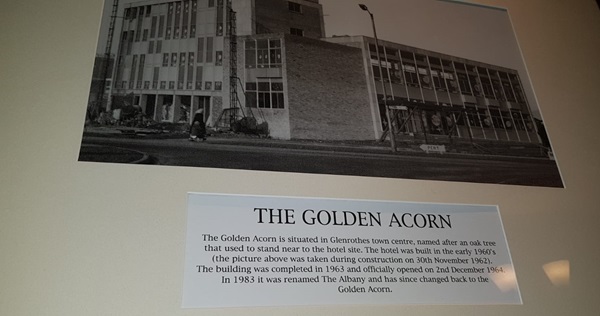
The text reads: The Golden Acorn is situated in Glenrothes town centre, named after an oak tree that used to stand near to the hotel site. The hotel was built in the early 1960s (the picture above was taken during construction on 30 November 1962). The building was completed in 1963 and officially opened on 2 December 1964. In 1983 it was renamed The Albany and has since changed back to the Golden Acorn.
Prints, photographs and text about the history of Glenrothes.
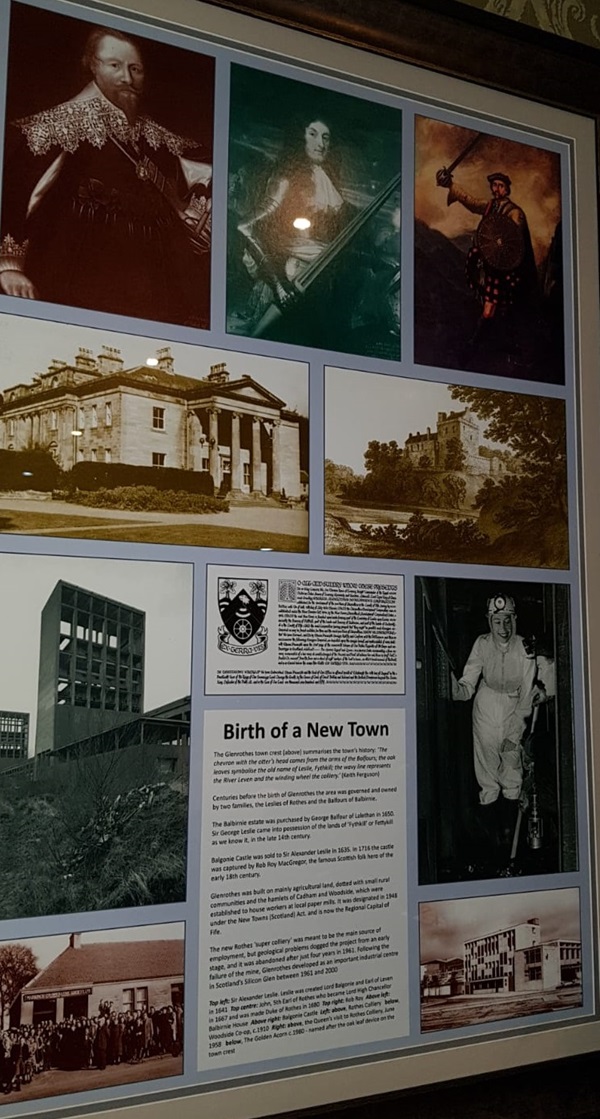
The text reads: The Glenrothes town crest (above) summarises the town’s history: ’The chevron with the other’s head comes from the arms of the Balfours; the oak leaves symbolise the old name of Leslie, Fythkill; the wavy line represents the River Leven and the winding wheel the colliery.’ (Keith Ferguson).
Centuries before the birth of Glenrothes the area was governed and owned by two families, the Leslies of Rothes and the Balfours of Balbrinie.
The Balbrinie estate was purchased by George Balfour of Lalethan in 1650. Sir George Leslie came into possession of the lands of ’Fythkill’ or Fettykill as we know it, in the late 14th century.
Balgonie Castle was sold to Sir Alexander Leslie in 1635. In 1716 the castle was captured by Rob Roy MacGregor, the famous Scottish folk hero of the early 18th century.
Glenrothes was built on mainly agricultural land, dotted with small rural communities and the hamlets of Cadham and Woodside, which were established to house workers at local paper mills. It was designated in 1948 under the New Towns (Scotland) Act. And is now the Regional Capital of Fife.
The new Rothes ‘super colliery’ was meant to be the main source of employment, but geological problems dogged the project from an early stage, and it was abandoned after just four years in 1961. Following the failure of the mine, Glenrothes developed as an important industrial centre in Scotland’s Silicon Glen between 1961 and 2000.
Photographs of Fife Institute and Glenrothes College.
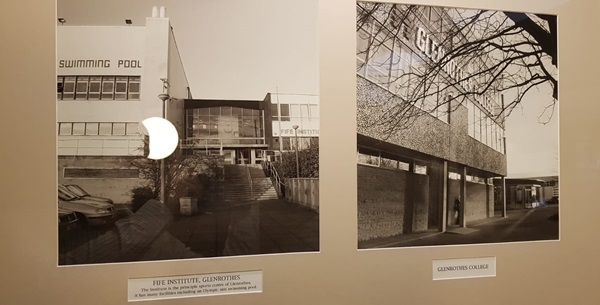
The institute is the principle sports centre of Glenrothes, it has many facilities including an Olympic size swimming pool.
A sculpture entitled Shoppers in the Kingdom Centre.
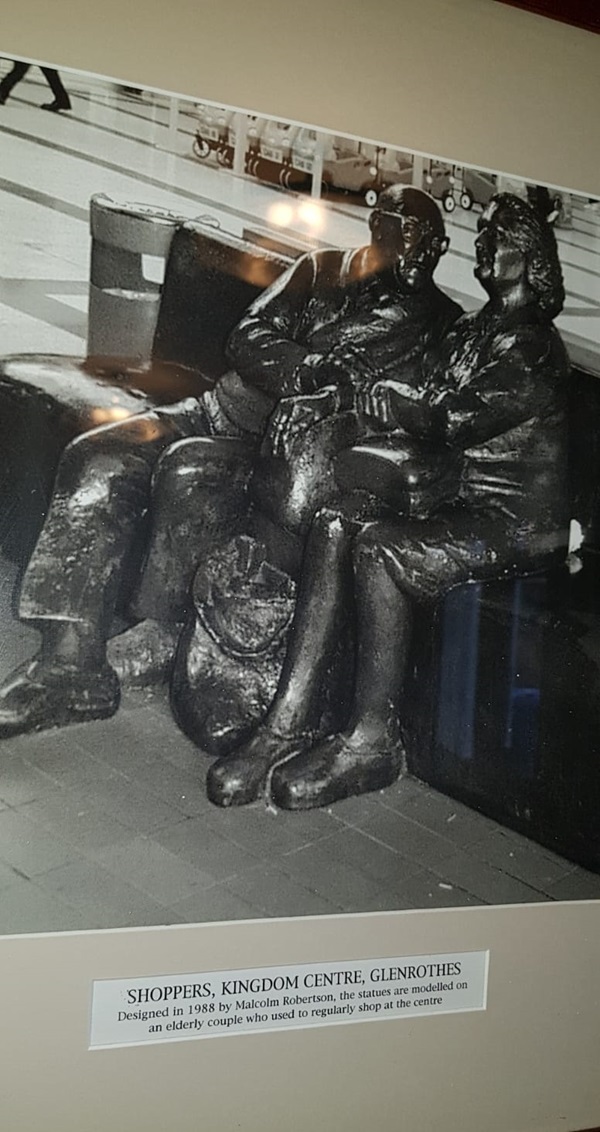
Designed in 1988 by Malcolm Robertson, the statues are modelled on an elderly couple who used to regularly shop at the centre.
This plaque is on the wall of the Co-op building, near the Kingdom Centre, entitled Hollywood Stars.
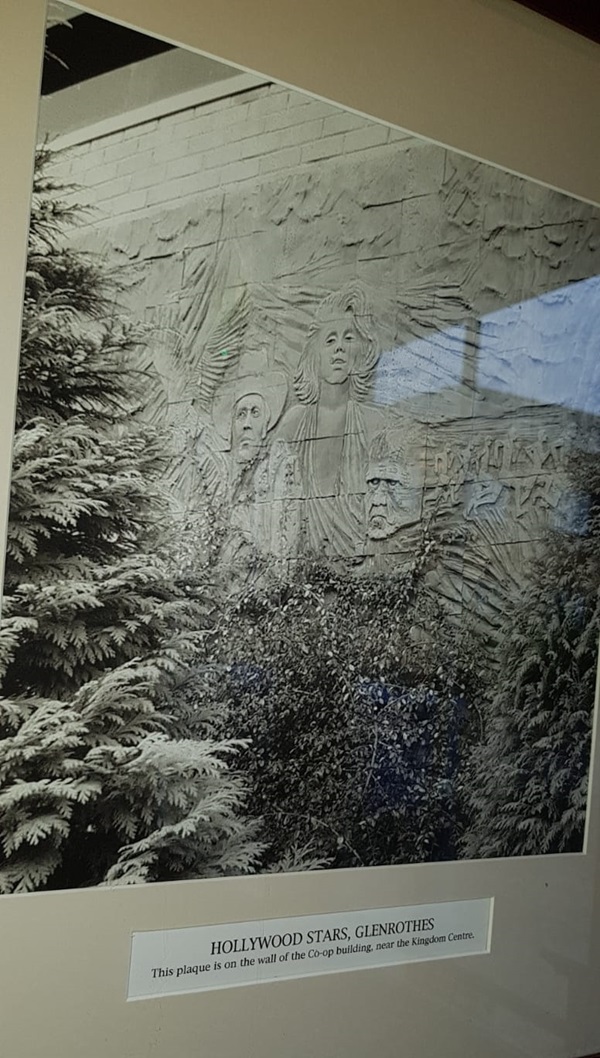
A sculpture entitled Ring A Roses in the Kingdom Centre.
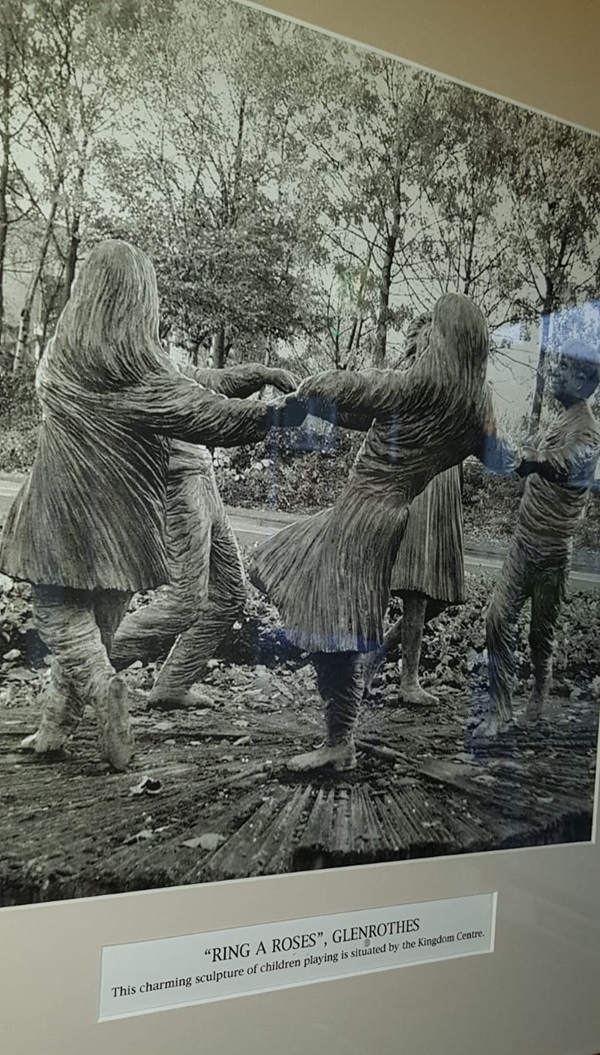
An aerial view of Glenrothes Park, c1980.
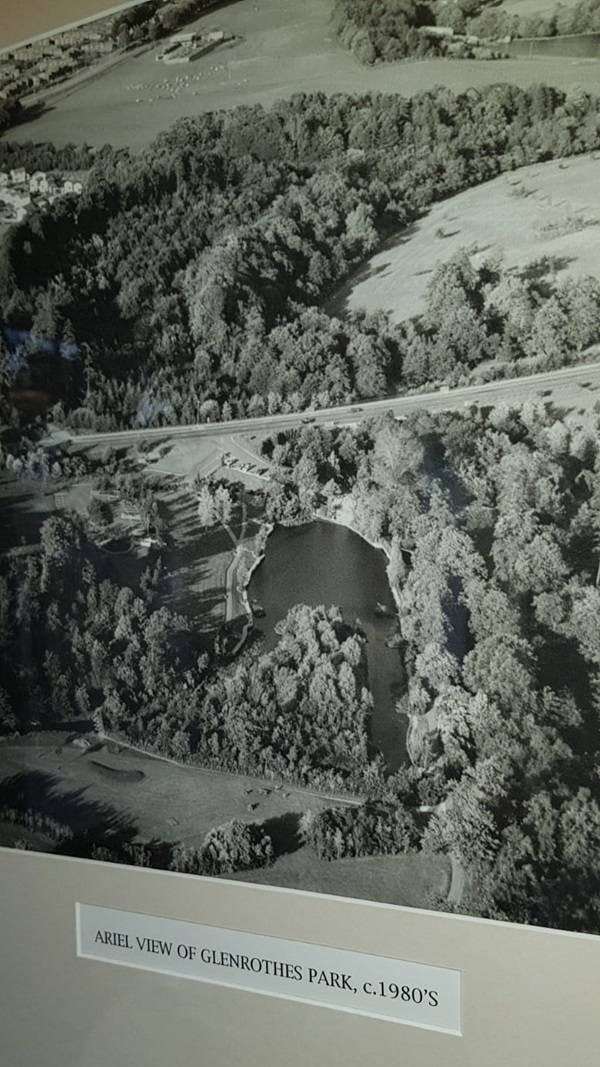
A photograph of Fife House, Glenrothes.
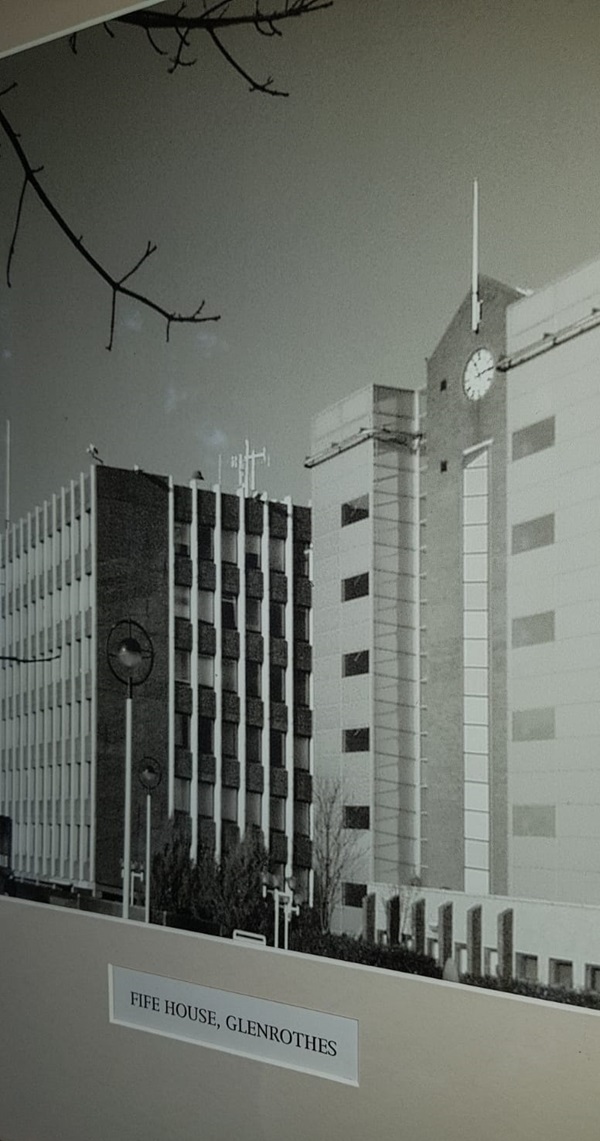
A photograph of a bus station, Glenrothes.
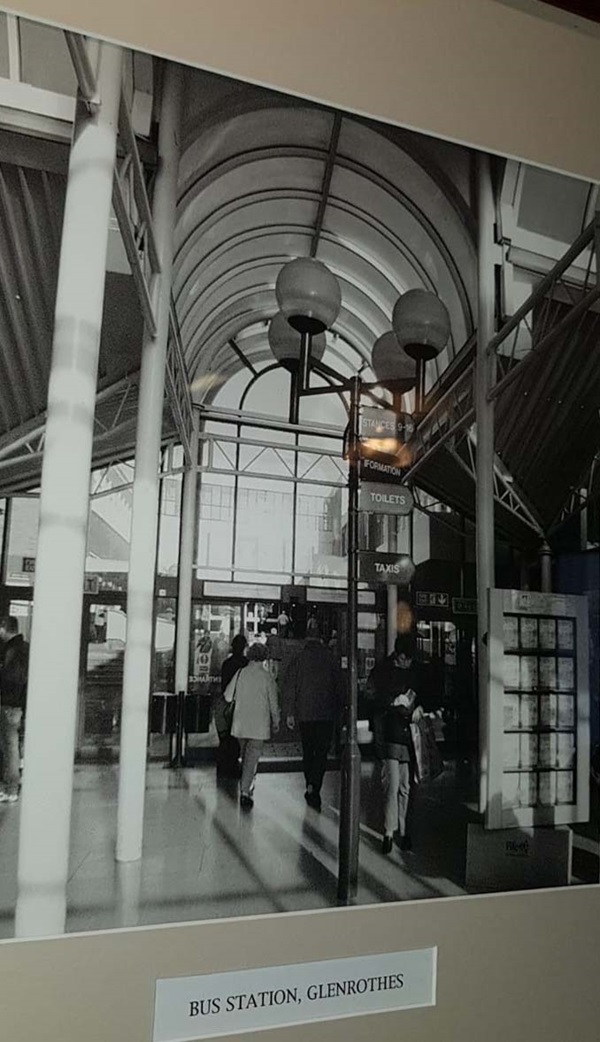
A photograph of Rothes Hall, Glenrothes.
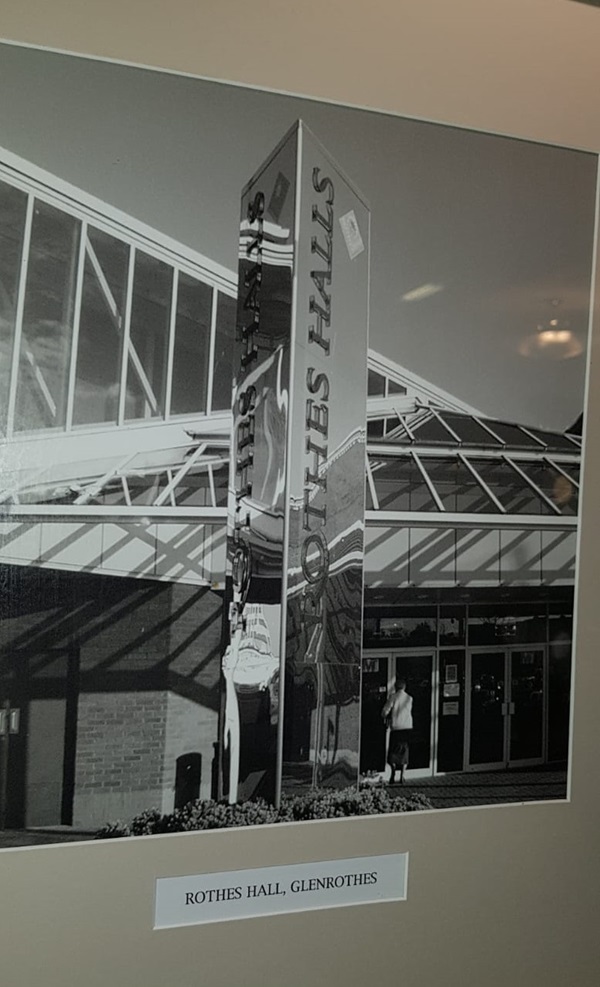
External photograph of the building – main entrance.
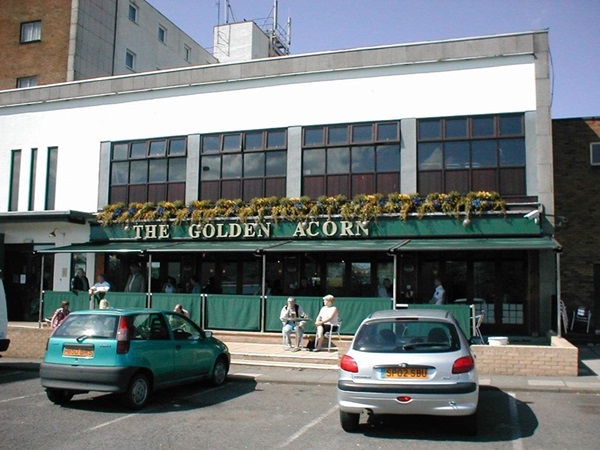
If you have information on the history of this pub, then we’d like you to share it with us. Please e-mail all information to: pubhistories@jdwetherspoon.co.uk